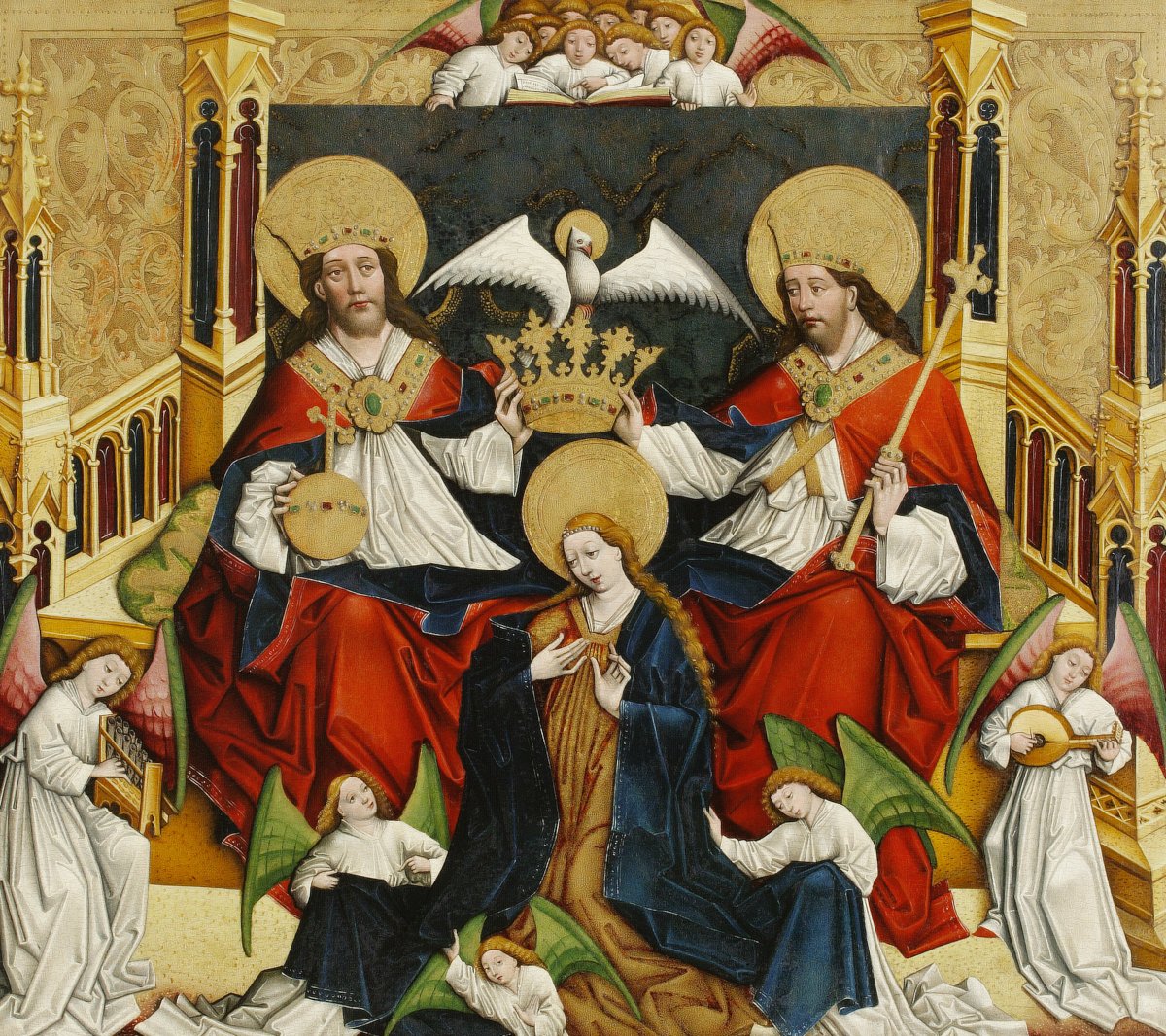THE ROMANO-HUNGARIAN CHURCH COLLECTION
During the Dark Ages and Medieval period, the Church played an essential role in shaping the development of religious, cultural, and political life in Central and Eastern Europe, particularly in regions like Hungary, Wallachia, Transylvania, Moldavia, and Ruthenia. Christianity not only guided the spiritual lives of the people but also deeply influenced the governance, identity, and cultural evolution of these areas. The Christianization of Hungary occurred in the early 11th century, under the rule of King Stephen I (Saint Stephen), who ascended the throne in 1000 AD. Stephen's conversion to Christianity, along with his efforts to establish the Catholic Church as the official religion, marked a pivotal moment for Hungary. He sought to align his kingdom with Western Christendom and the Papacy, which was important for both political and religious reasons. The Catholic Church became a central institution in the kingdom, consolidating royal authority and ensuring the stability of the state. King Stephen I also introduced ecclesiastical reforms, such as establishing dioceses and churches, and he invited missionaries from Western Europe to further promote Christianity. The establishment of monasteries and the building of churches contributed to the development of literacy, culture, and education in Hungary. Saint Stephen's reign is remembered for laying the foundation of Hungary as a Christian kingdom, ensuring that the Church was integral to the nation's identity.
Wallachia and Moldavia, regions that are now part of modern-day Romania, experienced a gradual Christianization beginning in the 9th and 10th centuries. Both regions were heavily influenced by the Byzantine Empire and the Eastern Orthodox Church. The establishment of Christianity in these areas was not only a religious shift but also a political strategy to consolidate power and align with the dominant Byzantine Empire. In the 14th century, Wallachia and Moldavia became closely tied to the Eastern Orthodox Church, with rulers often using religion as a way to legitimize their authority. In Wallachia, the rulers such as Prince Vlad III (known as Vlad the Impaler) and his successors reinforced the power of the Church by supporting monastic foundations and using the Church as an instrument of state control. Similarly, in Moldavia, rulers like Stephen the Great (Ștefan cel Mare) built numerous churches and monasteries, and many of these were adorned with frescoes that became part of the region’s cultural heritage. The Church in both regions was a vital institution that also played a role in defending the territories from outside threats, including invasions by the Ottomans. Transylvania, which was part of Hungary during much of the Medieval period, had a unique religious landscape due to its diverse ethnic and religious composition. The Catholic Church was prominent in the region due to its historical ties with the Kingdom of Hungary. However, Transylvania also became a center for the spread of Eastern Orthodoxy, especially after the formation of the Romanian Principalities. In the 16th century, the Reformation introduced Protestantism into parts of Transylvania, leading to religious tensions and the establishment of a unique religious diversity in the region. The Catholic Church, along with Orthodox Christianity and later Protestantism, played an important role in the development of Transylvanian culture. Monasteries and churches were not only centers of worship but also hubs for education, art, and the preservation of manuscripts. Transylvania's religious diversity continued to shape its culture and political life well into the early modern period.
Ruthenia, a region that now spans parts of modern-day Ukraine and Russia, was strongly influenced by Byzantine Christianity. The Christianization of Ruthenia began in the 10th century, following the example of Kievan Rus' and the conversion of Prince Vladimir of Kiev. Ruthenia was a part of the Orthodox Christian world and was culturally and politically linked to the Byzantine Empire. The Eastern Orthodox Church played a central role in the daily life of the people, particularly through the establishment of monastic communities and the spread of literacy and education. The Church in Ruthenia was closely tied to the political structures of the Kievan Rus' and later the Grand Duchy of Lithuania. Monasteries such as the Kyiv Pechersk Lavra became cultural and educational centers that produced religious manuscripts and icons, contributing significantly to the development of Orthodox Christian art in the region. The Church also played an important role in consolidating power for rulers in Ruthenia, with the clergy often serving as advisors to the princes. During the Dark Ages and Medieval period, the Church played a crucial role in shaping the religious, cultural, and political identities of Hungary, Wallachia, Transylvania, Moldavia, and Ruthenia. Christianity, whether Catholic or Eastern Orthodox, was not only a spiritual force but also a tool of political consolidation, education, and cultural development. In each of these regions, the Church influenced art, architecture, and literacy, leaving a lasting legacy that shaped the trajectory of Central and Eastern Europe for centuries. The Church’s role in these areas continues to resonate today in the religious and cultural landscapes of these nations.

